CIPA March 2022 Shipment Figures Suggest The Market Is Recovering
Latest CIPA camera and lens shipment figures suggest the market is getting better.
As Digicame Info sums it up:
The number of digital cameras shipped in March 2022 was 66.2% (77.0% on a monetary basis) compared to the same month of the previous year, which is even lower than the sluggish 73.4% (90.6% on a monetary basis) last month. Currently, the restrictions on corona are being relaxed, but it is severe that bad conditions such as supply shortages and price increases for camera-related products overlap.
Of the number of cameras shipped, the lens-integrated type was 50.1% (62.7% on a monetary basis) compared to the same month of the previous year, and the interchangeable lens type was 74.7% (79.4% on a monetary basis) compared to the same month of the previous year. The interchangeable lens type, which was on par with the previous year, has fallen sharply below the previous year in March.
The number of digital cameras shipped by region was compared with the same month of the previous year in the Americas (73.7%), Europe (56.5%), China (67.1%), Japan (71.4%), Japan and Asia other than China (68.2%), and China. It is noticeable that it has dropped significantly from 96.9% in February.
The number of SLR cameras shipped in March 2022 was about 188,26, and the number of mirrorless cameras was about 224,970. On a unit basis, SLR cameras are still selling well. However, on a monetary basis, mirrorless cameras are about 3.6 times more expensive than single-lens reflex cameras, and it seems that sales of single-lens reflex cameras are centered on low-priced models.
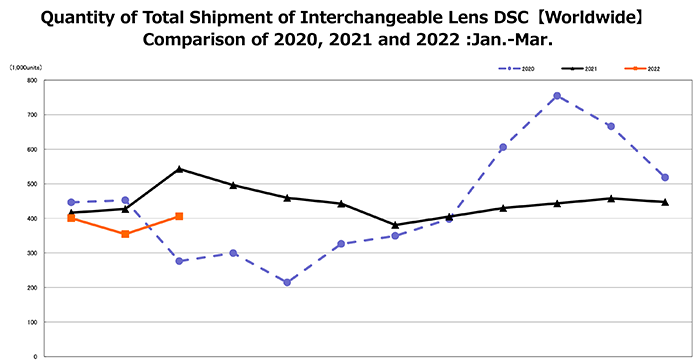

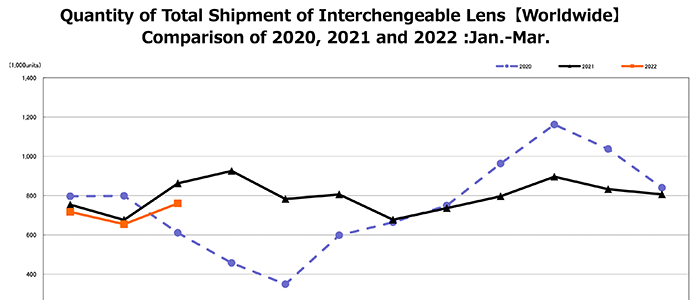
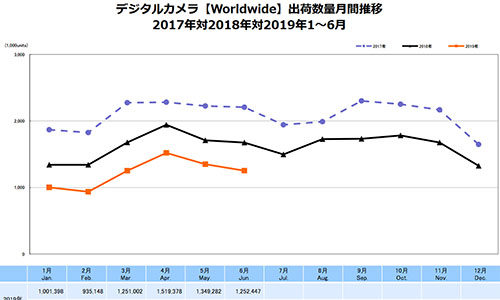
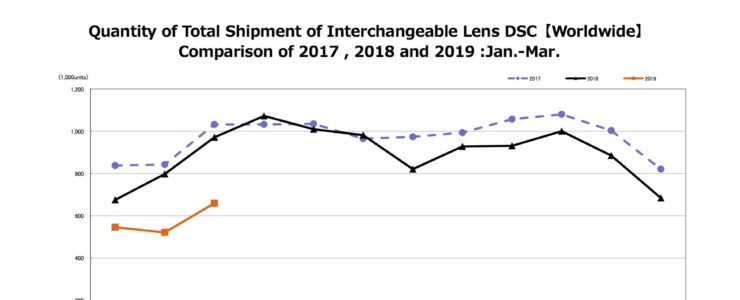
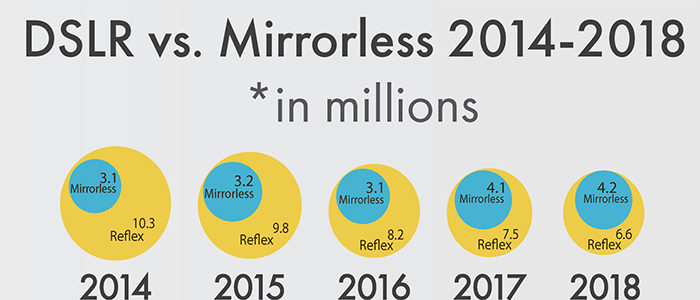
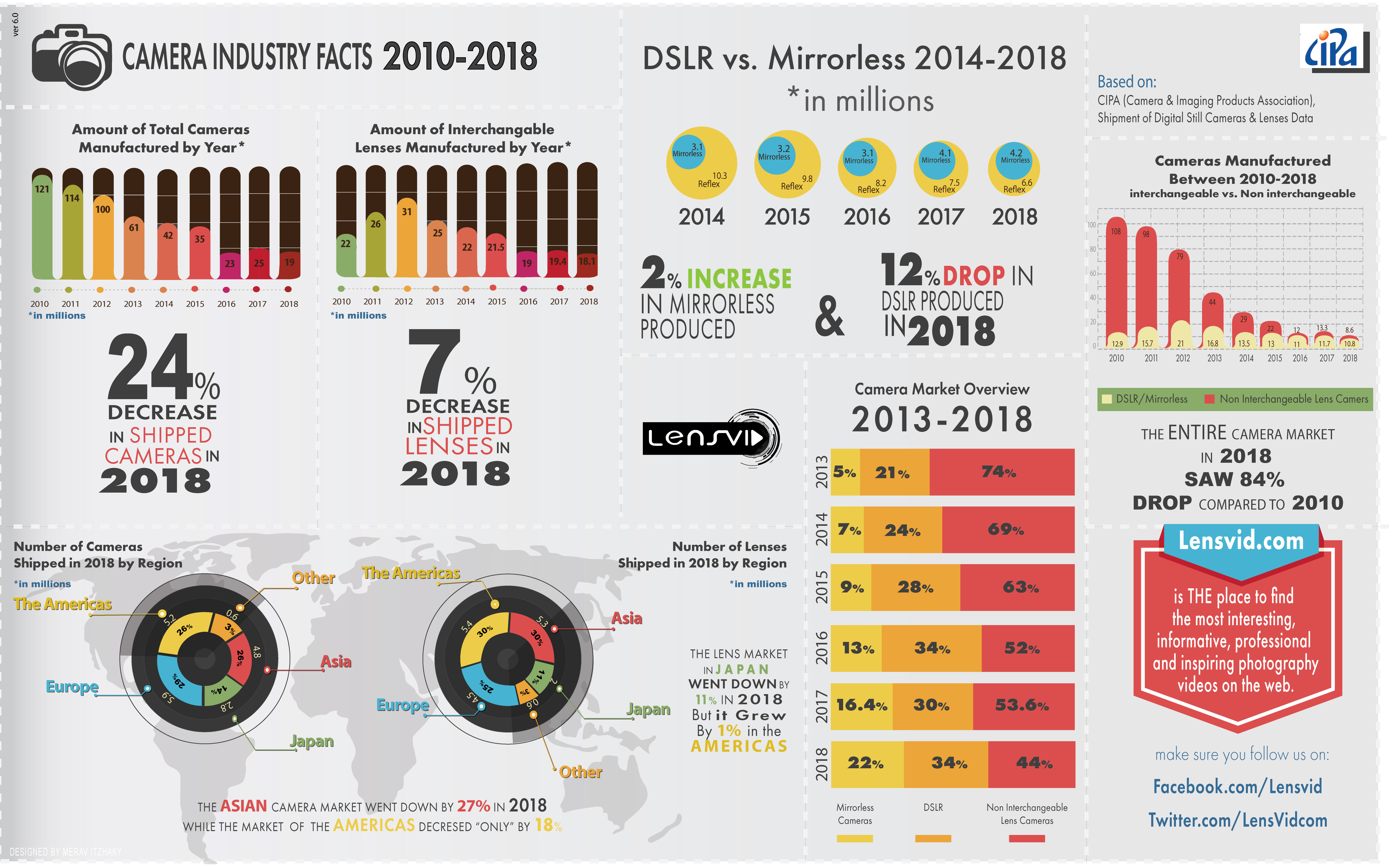
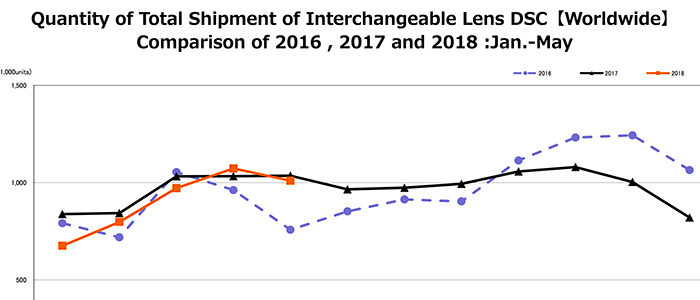
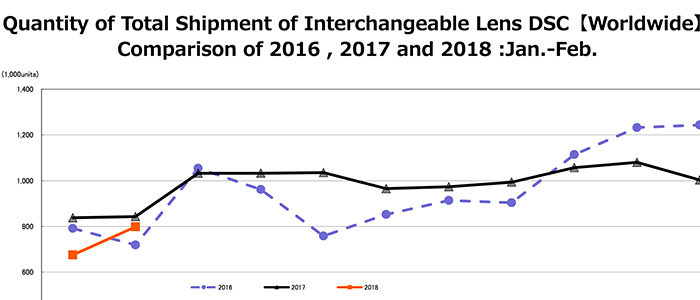
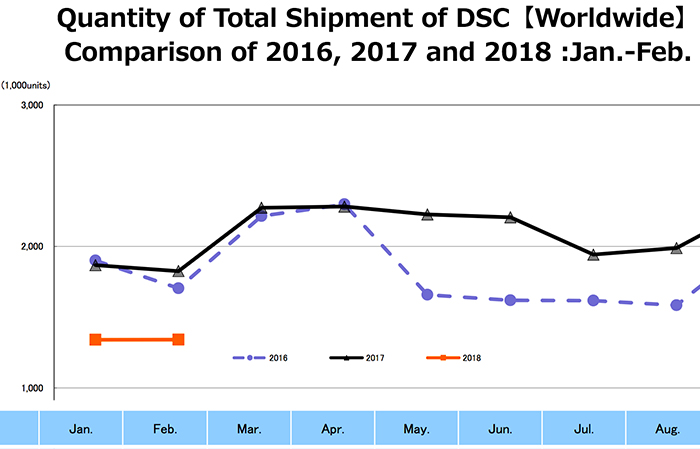 [via
[via